The Mycoplasma Comeback: Why This Atypical Pneumonia is Back – A PEMCurrents Podcast
PEMBlog
MARCH 4, 2025
In this episode we dive into the resurgence of Mycoplasma pneumoniae an atypical bacterial cause of community-acquired pneumonia thats making waves in pediatric emergency medicine. Pediatr Emerg Care. Plus, well discuss whether M. pneumoniae even needs to be treated in the first place! Plus, well discuss whether M. UpToDate , 1 Nov.



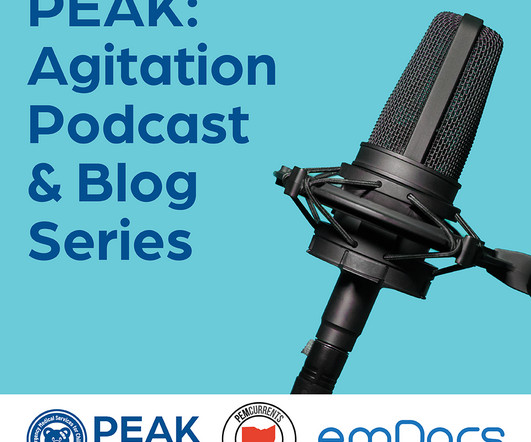



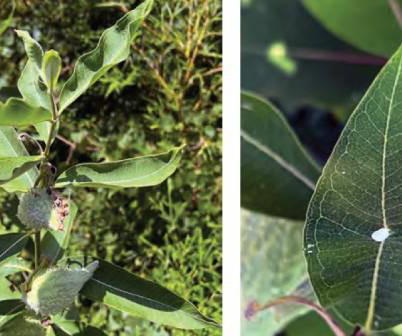
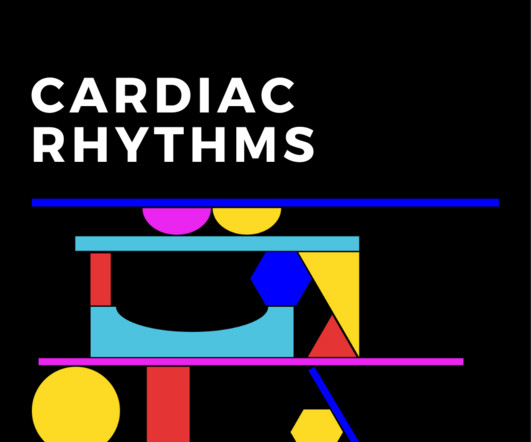






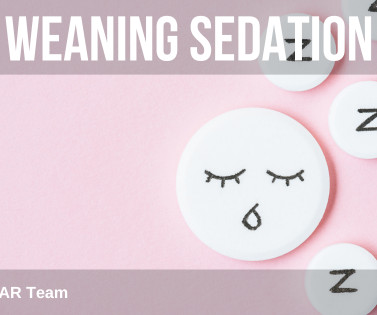
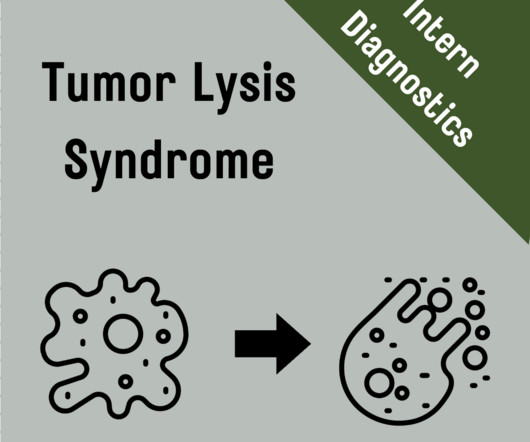

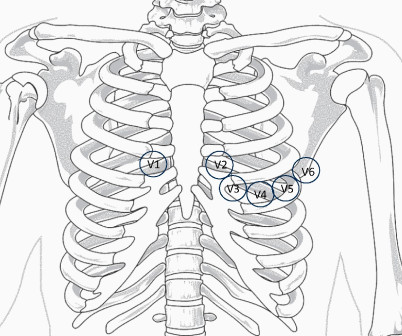








Let's personalize your content